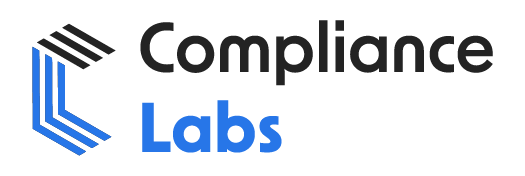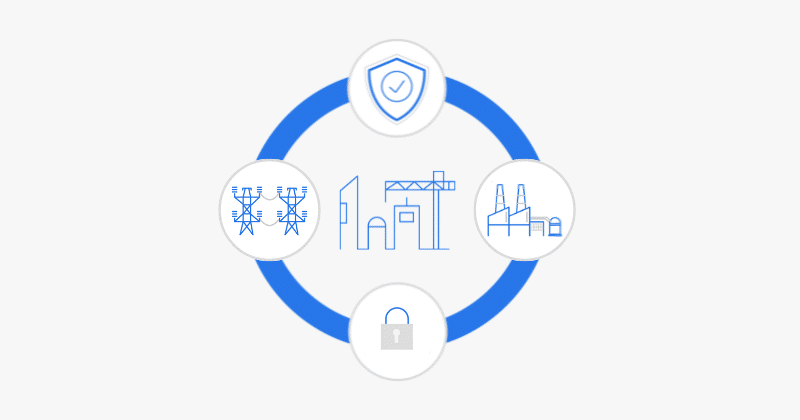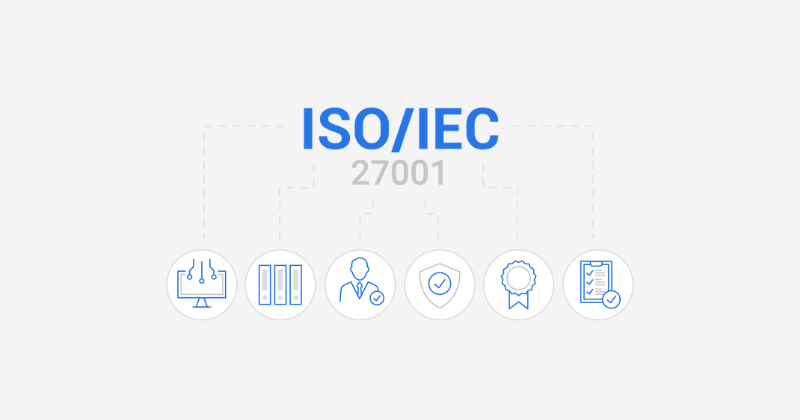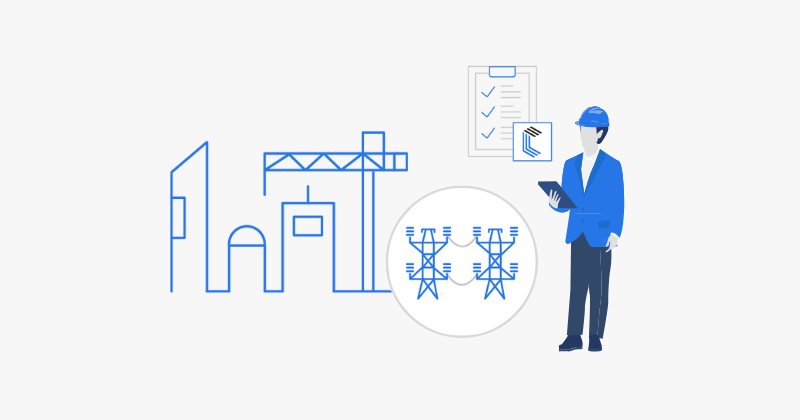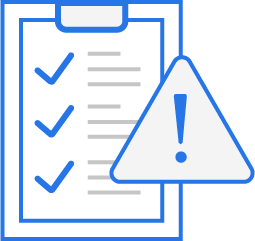In today’s software-driven world, complexity and supply chain attacks pose significant threats, so you must prove that you build your software securely. The CISA Attestation serves this core purpose—it assures the integrity of software used by the government. Software powers everything today, from apps to critical infrastructure, but attackers increasingly target the ‘assembly line’ where developers build it. We have witnessed the damage supply chain attacks cause, and the CISA Attestation verifies security practices early, allowing organizations to address risks before deploying the software.
Recognizing this critical risk, the U.S. government has mandated that federal agencies use securely developed software (through EO 14028 and follow-up guidance) and requires software producers to prove they’re building with security in mind.
Consider the CISA Attestation as a formal declaration legally and organizationally committing your company to have followed secure practices. It’s a crucial step that gives agencies confidence in the software they deploy and pushes the industry towards building inherently stronger products.
In this article, we’ll dive deeper into the CISA Attestation process, connect it to the essential principles of secure development (like the NIST SSDF), and show you how a partner like Compliance Labs can help you navigate it.
Understanding the CISA Attestation: More Than Just a Signature
So, what exactly is this CISA Attestation? At its core, it’s a self-attestation form that software producers complete for the software they provide to federal agencies (specifically, software developed or significantly changed after September 14, 2022). Its purpose? To give the federal government assurance that the software they rely on was built with secure practices baked in.
Now, not all software falls under this. If a federal agency develops software purely for internal use, or if it’s freely obtained open source software used as is, or if you’re just providing a third-party component rather than the final product the agency uses, it’s generally out of scope for this specific form. The focus is squarely on the final software product that an agency uses or operates.
The attestation itself is a formal declaration signed by a senior executive (like the CEO or their designated representative). This signature carries weight – it binds the company to the statement that the software was developed according to specified secure practices. These practices are largely based on the NIST Secure Software Development Framework (SSDF).
A helpful option here? Producers can actually submit a third-party assessment report from a certified 3PAO alongside or instead of the self-attestation. This assessment provides independent verification of your conformance, which can simplify things and add another layer of credibility.
The Foundation: The NIST Secure Software Development Framework (SSDF)
At the heart of the CISA Attestation is the NIST SSDF (NIST SP 800-218). I often think of the SSDF as the blueprint or the essential guide for building secure software. Its entire philosophy is about integrating security throughout the entire Software Development Lifecycle (SDLC), rather than trying to bolt it on as an afterthought (which, trust me, is far less effective and way more expensive!).
The SSDF aims to proactively reduce vulnerabilities and minimize the impact of any exploits that do occur. It tackles the root causes of security flaws, not just the symptoms.
It organizes secure practices into four easy-to-understand groups:
Prepare the Organization (PO): establishing fundamental policies and processes before beginning development.
Protect the Software (PS): Safeguarding the building materials and the work-in-progress from tampering – securing your source code, build tools, etc.
Produce Well-Secured Software (PW): The actual construction process – writing secure code, using secure components, testing rigorously.
Respond to Vulnerabilities (RV): Being ready to deal with issues after the software is built and deployed – finding, fixing, and learning from vulnerabilities quickly.
The beauty of the SSDF is that it’s risk-based. You tailor which practices are most critical based on your specific context and the risks involved. It also provides a common language, which is incredibly helpful when talking about security between software producers and those acquiring the software. Attesting to these practices signals a serious commitment to security.
Integrating Security into the Software Supply Chain: Securing the Assembly Line
Modern software development, especially with cloud-native applications using microservices and CI/CD pipelines (the automated assembly lines of software), involves complex supply chains. It’s not just about the final lines of code; it’s about securing the entire process: how code is written, built, packaged, and deployed.
A critical goal for supply chain security is ensuring integrity. You absolutely must know that the code hasn’t been tampered with. Our expertise in Software Bill Of Materials (SBOM) helps provide this assurance. This is where provenance data comes in – It consists of detailed provenance and traceability data for each software component. You need mechanisms to validate and authenticate this data, building trust at every step.
The CISA Attestation requires producers to address this. By attesting, you’re confirming that you have practices in place to protect your software supply chain.
Key SSDF Practices Covered by the CISA Attestation: The Essentials
The CISA Attestation zeroes in on specific SSDF practices – the absolute must-haves for secure software development in the eyes of the government. Getting these right is fundamental for compliance and building trust.
Here are the critical areas:
Secure Development Environments: Protect the “workshop” where your software is built – development tools, build servers, code repositories. Locking these down prevents malicious tampering before your software is even complete.
Vulnerability Management: Have a robust system for finding, fixing fast, and learning from security flaws. This includes analyzing risks early and choosing secure components. It’s about continuous vigilance across your software.
Software Provenance and Integrity: You need to prove the “story” of your software – its origin and that it hasn’t been altered. Protecting code and verifying integrity ensures agencies get the genuine, untouched article.
Secure Practices Integration: Security must be “baked in,” not an afterthought. Embed security into your daily workflows – use secure coding, automate checks in your pipeline, and make your software secure by default.
Focusing on these core areas, as highlighted by CISA, provides a strong foundation for building truly secure software.
Your Practical Game Plan: Taking Action for Attestation and Stronger Security
Alright, you understand the ‘what’ and the ‘why’. Now, let’s talk about the ‘how’. It might seem like a lot, but breaking it down into actionable steps makes it manageable. Here’s a practical game plan for getting compliant with the CISA Attestation and fundamentally improving your software security:
Understand & Assess: First, get familiar with the SSDF and the CISA Attestation requirements. Then, honestly assess where you currently stand against these standards. Identify the gaps in your existing practices. Compliance Labs can jumpstart this with our SSDF gap analysis services.
Plan & Implement: Develop a clear roadmap to integrate the necessary SSDF practices into your SDLC. Prioritize the changes that will give you the biggest security uplift. Then, focus on implementing these practices, automating where possible within your CI/CD pipelines using the right security tools.
Embed Security Culture & Accountability: Make security a shared responsibility. Define roles, ensure leadership buy-in, and establish clear policies that embed secure practices throughout your development process.
Document & Attest: Document your conformance to the SSDF practices. Use the CISA RSAA platform to create your software record and upload your completed Self Attestation form, along with any supporting documentation. Compliance Labs can help streamline documentation and navigate the platform.
Monitor & Improve Continuously: This isn’t a one-time project. Threats evolve, and so must your security. Continuously monitor your security posture, track vulnerabilities, learn from incidents, and refine your practices over time. Our continuous monitoring services are designed to support this ongoing effort.
Taking these concrete steps not only helps you meet the CISA Attestation requirements but genuinely strengthens your software against the evolving threat landscape. It’s an investment in your product’s security and your customers’ trust.
The Real Benefits: More Than Just Checking a Box
Going through the CISA Attestation process and implementing the underlying SSDF practices isn’t just about meeting a government mandate. It offers tangible benefits:
Enhanced Credibility: It shows your commitment to security, which is increasingly important to all customers, not just government agencies.
Access to Government Markets: It’s a prerequisite for many federal contracts.
More Secure Products: Plain and simple, you’ll build safer software. This means fewer security incidents, less time and money spent on emergency fixes, and lower long-term costs.
Increased Customer Confidence: Agencies (and eventually commercial customers too) gain confidence in the software they deploy, helping them meet their security and compliance obligations.
Contribution to a Safer Ecosystem: Ultimately, stronger software from everyone makes the digital world safer for us all.
The Path Ahead
The CISA Attestation and the SSDF represent a significant, positive shift in the industry – pushing us all towards building software that is secure by design and secure by default. It might seem daunting, but view it as an opportunity to differentiate yourself and build truly resilient products.
Don’t let the complexity stop you from achieving both compliance and significantly stronger software security. Ready to enhance your software security, streamline your compliance efforts, and build trust?
